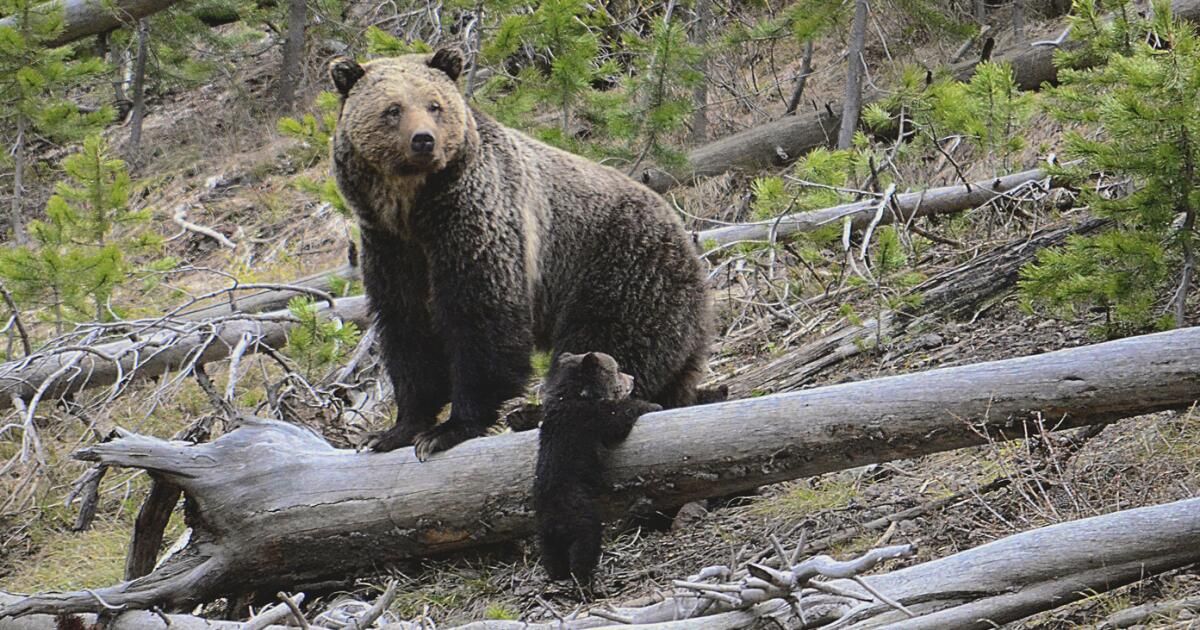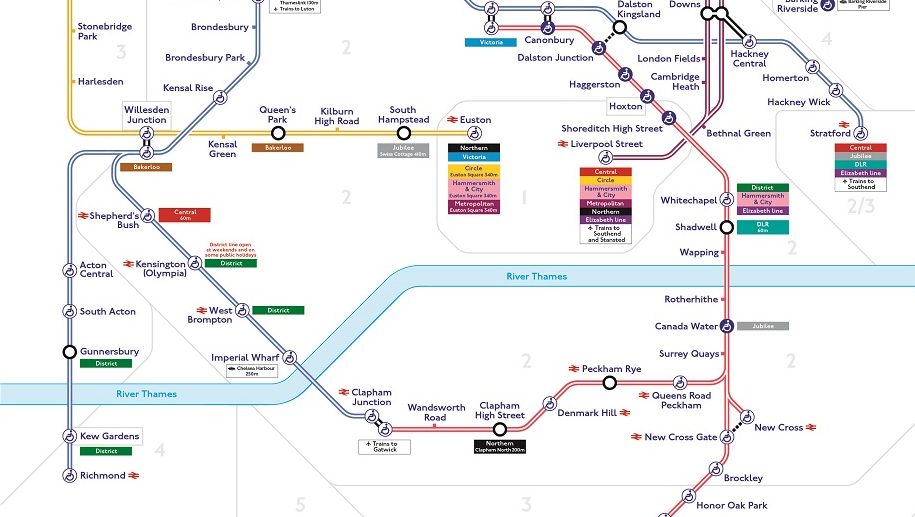A hiker who was attacked by a bear, probably a Grizzly, in Yellowstone National Park this week was discharged from the hospital.
The 29 -year -old had been walking alone in the Reboe Lake Trail when he apparently surprised the bear, according to park officials. While trying to use bear spray, he suffered “significant but not potentially mortal injuries in the chest and left arm,” according to officials.
The doctors of the National Parks Service responded to the scene, and the victim was able to walk with them until the beginning of the path, where he was charged in an ambulance and taken to a near clinic. From there, a helicopter took him to a hospital. He was released on Wednesday.
As is true in the rest of the USA, bears attacks are extremely rare in Yellowstone. Since the park was established in 1872, eight people have been killed by bears, According to the park website. By way of comparison, 125 people have drowned and 23 have died of burns after falling into hot springs.
Even seeing a brown bear is quite uncommon in the 48 lowest states. Before 1800, they were much more common, with an estimated 50,000 wandering around the American west. But European settlers saw them as a deadly threat to people and cattle and hunt them almost extinction, reducing their number to less than 1,000 in the United States
Thanks to the recovery and conservation efforts in recent decades, the population has increased to almost 2,000, mainly in Wyoming, Idaho and Montana, according to the US fishing and life service of the United States.
Even so, the spectrum of a bears attack, especially for a brown, is enough for the blood of most hikers to cool. While experts tell crossing travelers to defend themselves and defend themselves if they are attacked by a black bear, the standard council for years has been to bed and play dead in front of a much larger and larger grizzly brown.
That advice has been updated lately, but not for much. National Parks Website that provides guidance According to what to do, he says: “If you surprise a brown/brown bear and charge or attacks, do not defend yourself! Just defend whether the attack persists.”
The hiker who was attacked on Tuesday told Park officials that he thought it was a black bear, but the location, behavior and size of the bear caused Park staff to suspect that it could have been a Grizzly.
The discovery of an animal body near the attack, and the confirmation that the clues of the bears are close were left by a brown, support that conclusion.
The path has closed indefinitely and the Rangers swept the area to make sure there were no other hiker in imminent danger.
As for the bear? Parks officials say he was probably surprised and simply acted in self -defense. Then, the park, “will not take any management action against the bear.”
Last year, Jon Kyle Mohr faced a similar encounter with a black bear in Yosemite National Park in California.
He was less than one mile from the end of a 50 -mile run that had begun 16 hours before in the gigantic lakes when he saw a huge black shape that carried him.
In an instant, he said, he felt “some sharpness” on his shoulder followed by a powerful push that sent him to stumble in the dark. When he turned around, people about a hundred feet shone in his head in his direction and shouted: “Bear!”
It worked. The bear disappeared in the dark and Mohr stayed with torn clothes and some scratches, but no more serious damage.
When asked how he felt about the experience, Mohr said he was incredibly shocked at the beginning, and lucky to have happened near the beginning of the Vernal Falls path, one of the most populated places in the park.
But after a day or two to reflect, it had settled in a more zen mood.
“It was just a really strange random collision,” he said. “If my feet had rested for 20 seconds at any time,” during the 16 -hour race, “it would not have happened.”












